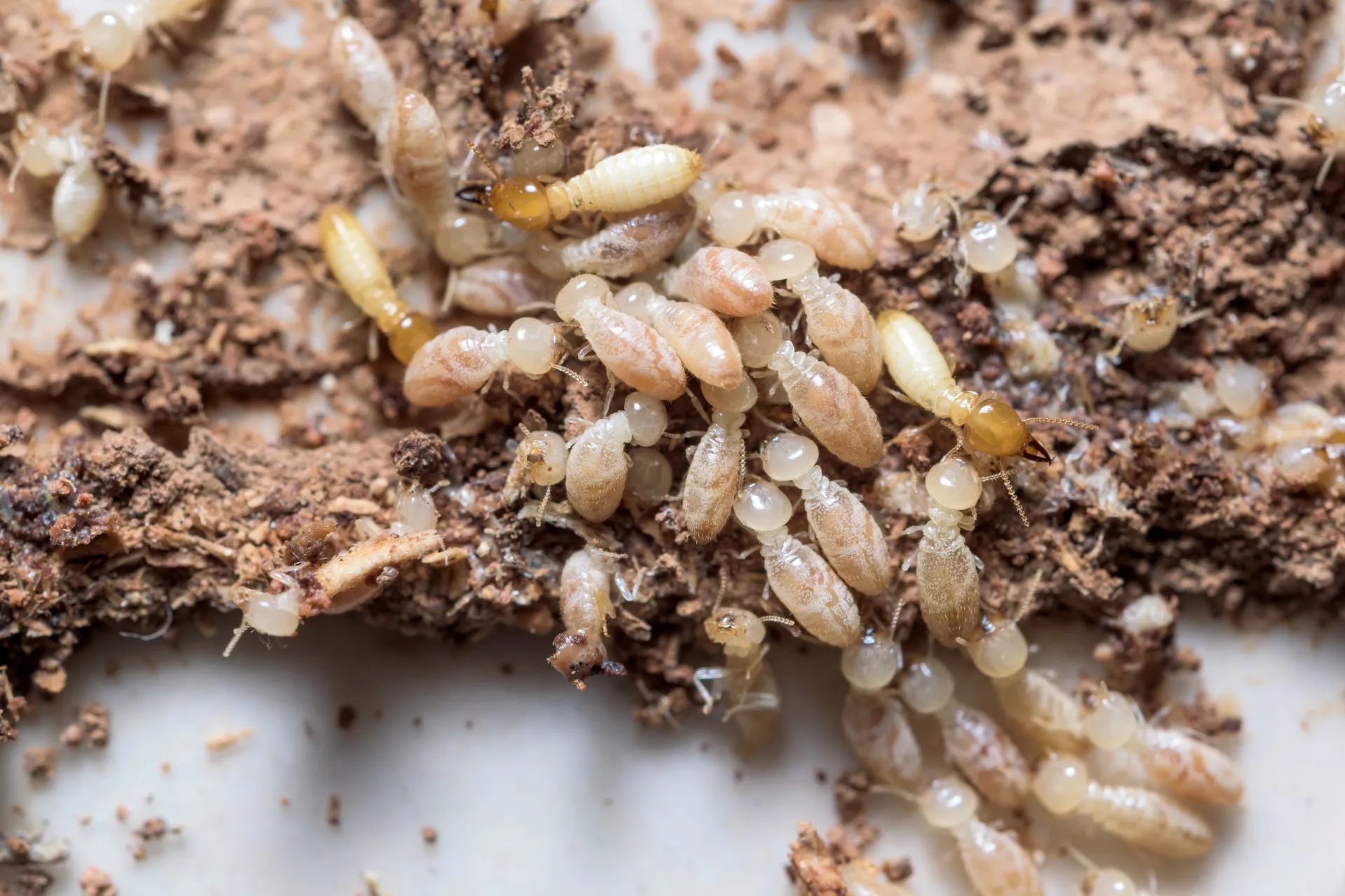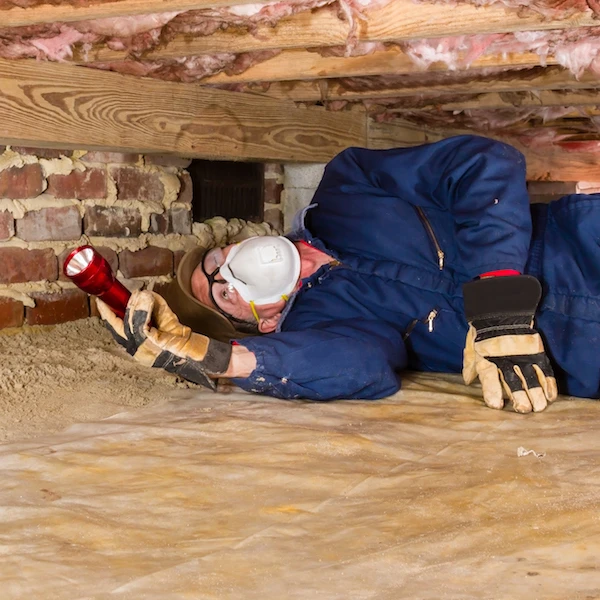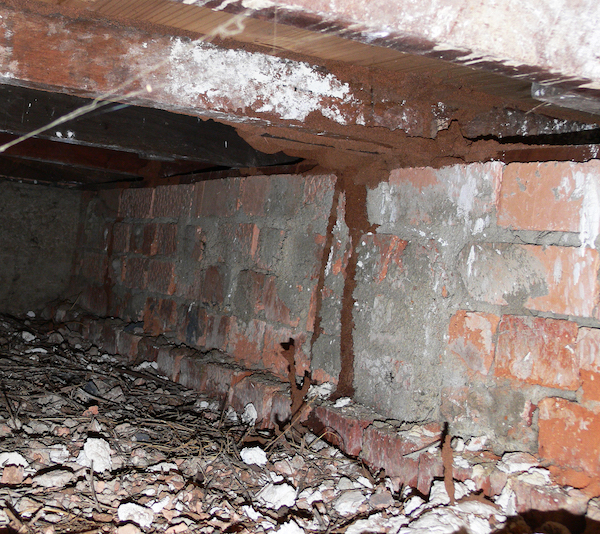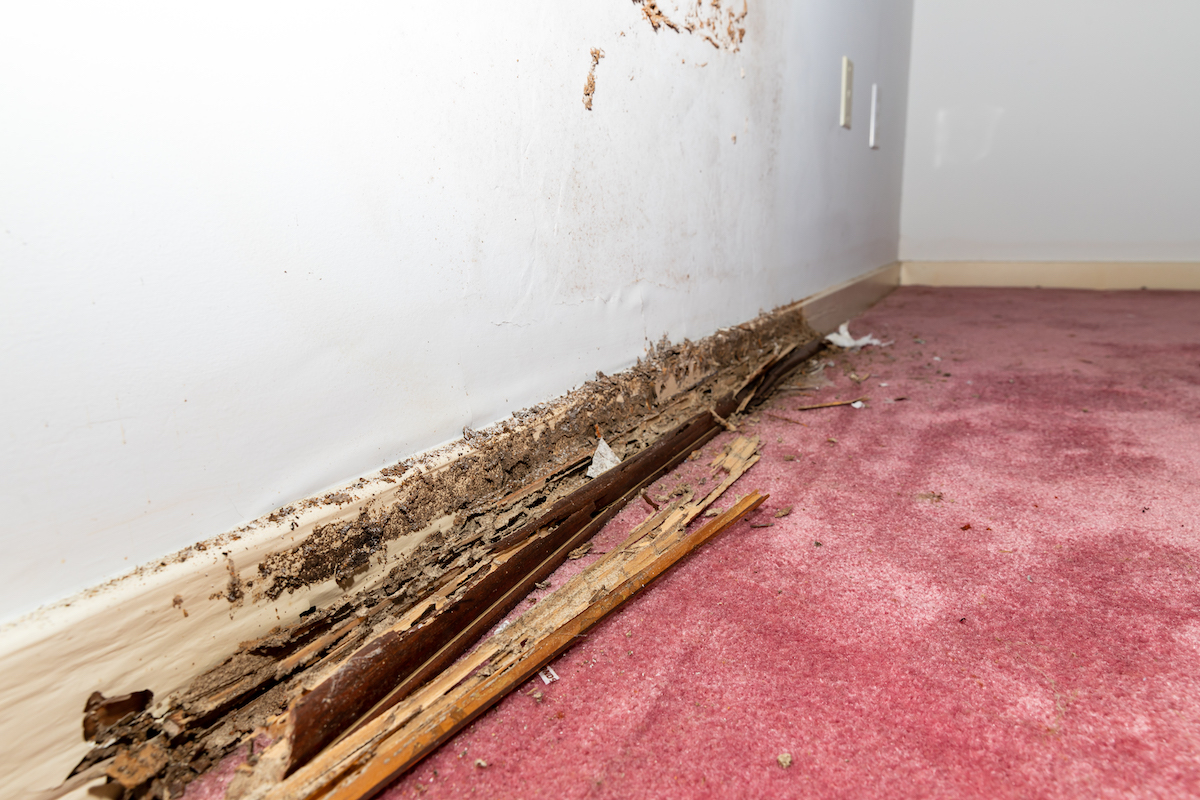You’ve found your dream home or maybe an investment property. You’ve done the right thing and you’ve commissioned building and pest inspections, but they say the property has termite damage, or worse still it has active termites!
Should you still buy it?
Most people would just back out of the sale, but don’t be so quick. It’s always best to take a deep breath, get the facts and consider your options…
Facts about termite damage in Australia

- At least 1 in 5 homes in Australia have termite damage
- It is estimated that 1 in 5 new homes will experience a termite attack in the first 5 years after construction
- There are two types of homes in Australia, those that have had termite damage and those that will experience a termite attack!
Basically, the chances that the home you want to buy has some history of termite damage is pretty high (especially if it’s an older home).
Information in the timber pest inspection reports
You should have separate building and pest reports for any home you are intending to buy. Whilst building inspection reports will include some of the same information as a timber pest inspection report, we will focus on the timber pest inspection report here.
The timber pest inspection report will cover borers and timber decay (fungi), as well as termites, but again we will focus on termites here…
It’s visual inspection!

It’s very important to remember that a timber pest inspection is a visual termite inspection only. The inspector is not allowed to prod and probe any areas (to dig for termites) and indeed is not allowed to move any items (for example to see behind furniture or under a carpet). They can only report on what they can see, so if they cannot access an area of the home or part of a room it will be noted in the report. Of course, there could be termite activity in those hidden areas. Sometimes the lack of access is unintentional, but sometimes sellers do restrict access on purpose.
If there is restricted access to an area it will be noted in the report and it will generally say that access should be obtained to the restricted area.
The report may highlight issues that fall into one of three areas:
What if the property has active termites?

Obviously, if there are active termites you know there is a problem. If the termites are only on the property but not in the house, it is less of a concern; after all, 80% of all homes are within 100 m of a termite nest. If there are active termites in the house, it will clearly need to be dealt with. But what should you do?
Many people would just walk away. However, depending on the nature of the problem, it can often be dealt with relatively cheaply and you could then pick up a bargain. However, it is important that the termites are treated properly, and any damage is identified.
In most cases the owner will book a pest company to treat the termites. However, many sellers will organise a “quick and dirty” treatment to seemingly kill any termites in the house. This is not best practice, and it is more than likely that they haven’t eliminated all the termites from the house and they are likely to return.
If you still retain a potential interest in the property, assuming the termites can be successfully eliminated and the any damage can be easily repaired, it is strongly advised that you make it clear to the owner (and real estate agent) that you will only retain interest if the termite treatment is carried out to the highest standard by a licensed, insured and experienced termite professional who follows Australian Standards 3660.2. This means active termites need to be eliminated from the building and a termite management system needs to be installed to prevent future attack.
Once the termites have been eliminated and termite protection system installed, it is important that the level of termite damage is assessed.
How do you know how much termite damage there is?
Some level of termite damage will often be visible on many properties (trees and fences) and sometimes in the home. This does not necessarily mean there are active termites in the building, but it clearly indicates that the building is susceptible to termite attack. It is also very difficult to say how old the termite damage is.
As mentioned, the termite inspection is only a visual inspection, so it is not possible to determine whether there is any damage behind the walls. However, any damage should be visible in the roof void and sub-floor. If there is damage noted, it will generally be recommended that a further invasive inspection should be carried out, which typically involves drilling into walls and using a borescope camera to look into the wall void. However, not all sellers are prepared to allow this to be carried out.
It is important to know about as much of any termite damage as possible, as any significant damage will need to be repaired. If you intend to consider placing an offer, this is important information in negotiating any sale price.
The report says “Conducive conditions”. What does that mean?
Both the building and timber pest inspection reports may flag building issues or conducive conditions around the property that may make a termite attack more likely. Issues such as the level of soil around the perimeter of the property, poor drainage or leaks in the shower are commonly identified issues.
These are important items that need to be addressed, as without remedying them, the property remains at risk of a termite attack. The cost of remedying any issues should be taken into account when negotiating the sale price.
High moisture levels inside the home need particularly attention. Elevated moisture levels in bathrooms, kitchens and laundries may be due to leaking pipes, cracks in tiles or poor waterproofing. The elevated level of moisture makes those areas attractive to termites. It is also possible that any elevated moisture levels in those areas are actually due to termite activity, as they bring moisture into the building as they feed.
So, should you buy a home with termite damage?
Of course, it depends. It depends on the nature of the problem and how much it costs to fix. It also depends on the level risk you are prepared to take. However, don’t forget even a “good” inspection report which does not pick up any signs of termite activity or damage isn’t a guarantee that the property is termite free. It only reports that termite activity / damage could not be seen on the day of inspection.
But knowledge is power. It’s the reason you commissioned the inspection in the first place. It allows you to base your purchase decision on facts and get more information if required. You can then decide whether to pull out of the purchase or negotiate on price.

